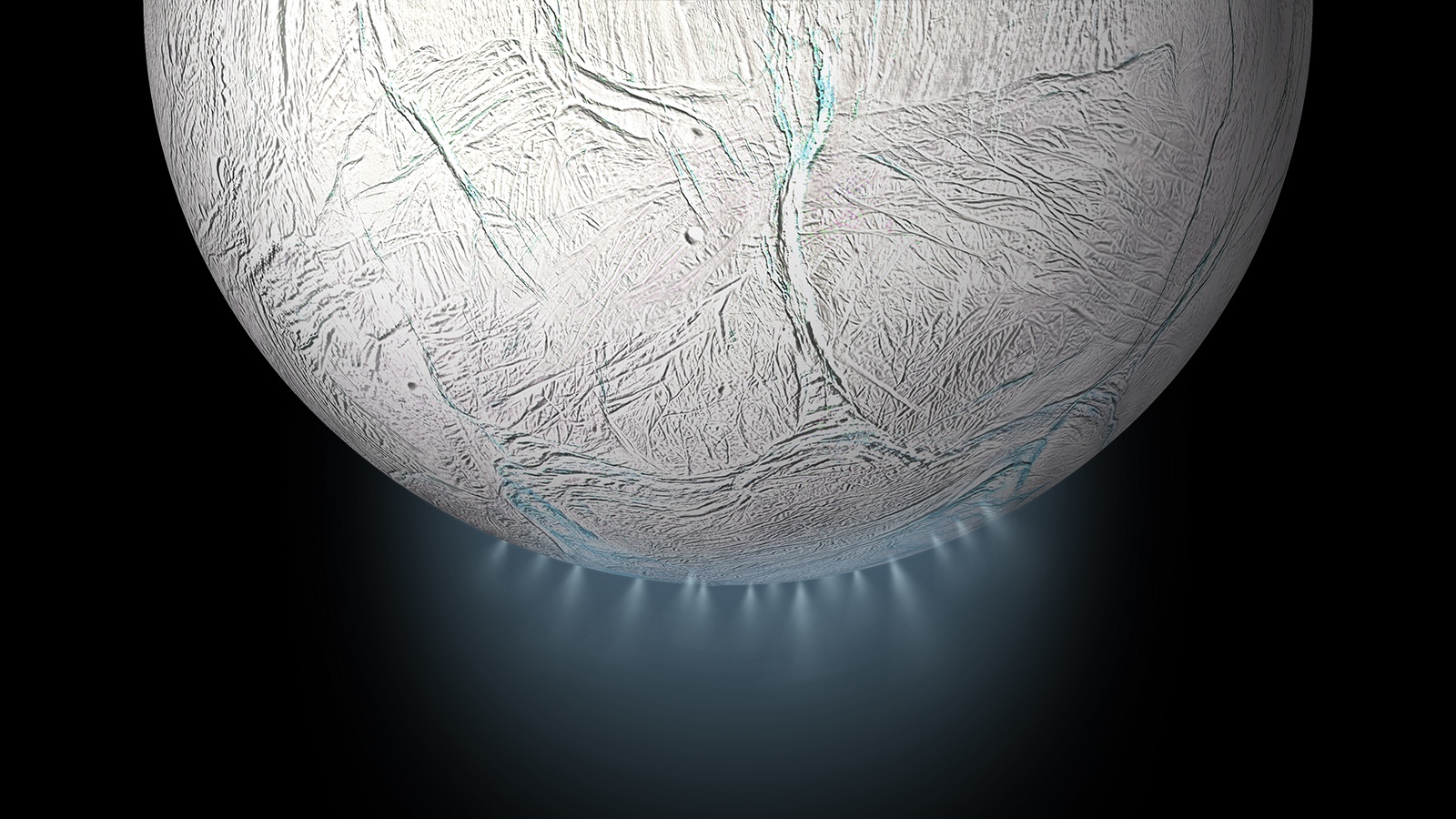Products You May Like
WASHINGTON — NASA has confirmed it is delaying the release of the call for proposals for the next New Frontiers planetary science mission, originally planned for this fall, to no earlier than 2026 because of budget issues.
In a community announcement published Aug. 24, NASA’s Science Mission Directorate (SMD) said the announcement of opportunity (AO) for the fifth New Frontiers mission would be delayed and that the potential list of missions eligible for selection could be altered.
“Budget uncertainty in the Planetary Science Division (PSD) makes release of the AO in 2023 and subsequent selection of a new mission difficult,” the agency said in the announcement. “NASA SMD’s new target is no earlier than 2026 for the release of the final AO.”
Until this summer, NASA had been working towards a release of the final AO for the New Frontiers mission in November. That included the release of a draft version of the AO in January to solicit feedback on its contents from the scientific community.
By the summer, though, NASA slowed down those plans, citing uncertainty linked to a debt-ceiling agreement that keeps funding for non-defense discretionary agencies, like NASA, flat in fiscal year 2024 with a 1% increase in 2025. Agency leadership said in June that the agreement would mean NASA was unlikely to get the full $27.2 billion it requested for 2024, creating “challenges” for agency programs.
At a NASA SMD town hall meeting July 27, Lori Glaze, director of NASA’s planetary science division, warned a potential extended delay in the release of the New Frontiers AO. “If the planetary science funding levels that are anticipated as a result of this tight budget environment are actually realized over the next two or so years,” she said, “it is unlikely we’ll be able to solicit New Frontiers perhaps not before 2026.” That delay was made official with the release of the community announcement.
The draft AO sought proposals for missions on six topics, as recommended by the planetary science decadal survey in 2011: a comet surface sample return, a mission to Jupiter’s volcanic moon Io, a lunar geophysical network, a sample return mission to the moon’s South Pole-Aitken Basin, a mission to characterize the potential habitability of Saturn’s icy moon Enceladus and a probe of Saturn’s atmosphere.
The long delay, though, may cause NASA to change that list, based on guidance from the latest planetary science decadal survey published in 2022. That report did not recommend changes to the list of potential missions for the fifth New Frontiers competition, but did offer recommendations for the targets for the sixth and seventh missions, which the decadal anticipated being competed over the next decade.
The decadal survey’s list for the sixth New Frontiers competition retained the comet surface sample return, lunar geophysical network and Saturn probe concepts, and added an orbiter and lander mission to a Centaur small body in the outer solar system, a Ceres sample return mission, a multiple flyby mission of Saturn’s moon Enceladus, an orbiter of Saturn’s moon Titan and a Venus in-situ explorer.
In the community announcement, NASA said that it would ask the National Academies to review what potential mission concepts from the two lists should be included in the delayed AO. “This also provides an opportunity to update the science objectives for the mission themes based on the recently released planetary decadal survey,” the announcement added.
The delay comes after many scientists had already started planning for proposed missions, including setting up partnerships and beginning work on spacecraft design and science goals. The draft AO had projected a proposal deadline of April 2024, five months after the release of the final AO. NASA planned to select several proposals at the end of 2024 for Phase A studies lasting to early 2026. NASA projected picking one of those finalists as the next New Frontiers mission in late 2026, launching between 2031 and 2034.
The draft AO set a cost of $900 million to develop the mission, with an additional $300 million for operations. However, the decadal survey last year recommended increasing the cost cap for development and operations to $1.65 billion, plus an allowance of $30 million a year for “quiet cruise” operations for missions with long transit times. None of the cost caps included launch.
NASA has selected four New Frontiers missions to date. Three have launched: the New Horizons mission to Pluto and the Kuiper Belt, the Juno mission orbiting Jupiter and OSIRIS-REx, which is returning samples from the asteroid Bennu in September. The fourth, the Dragonfly mission to Titan, is in development for launch in 2027.
